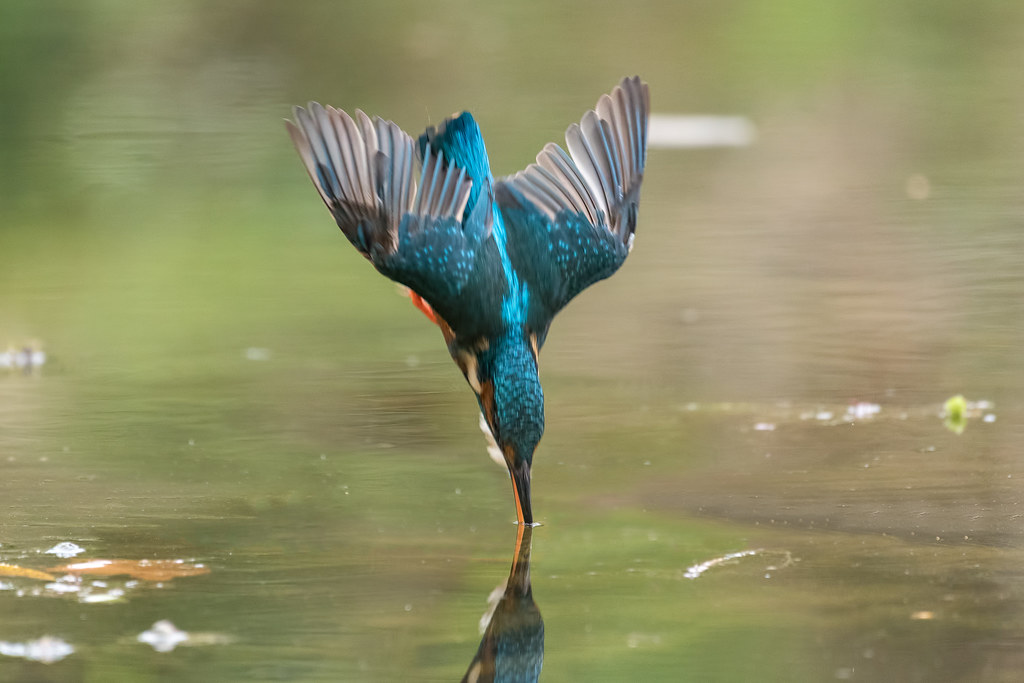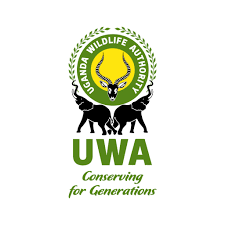Tips to Improve Your Wildlife & Nature Photography
Wildlife and nature photography is more than just clicking the shutter when an animal passes by. It’s about capturing the story of the wild, the beauty of natural light, and those fleeting moments that reveal the spirit of the outdoors. Whether you’re heading on safari, trekking through forests, or exploring local wetlands, sharpening your photography skills will make your images more powerful and immersive.
Understand Your Subject
Great images start with knowledge. Learn the behavior of the animals you want to photograph — when they are active, how they move, and what habitats they prefer. Knowing that lions hunt at dawn or gorillas feed in the early morning helps you prepare for those decisive moments before they happen.
Work With Natural Light
The best wildlife photos often come during the golden hours: just after sunrise and just before sunset. The soft, angled light adds warmth, texture, and depth to your images. Midday sun, by contrast, can create harsh shadows. In forests or overcast conditions, embrace the soft, diffused light for moody, intimate portraits.
Compose for Storytelling
Think beyond the animal itself. Use the environment to tell a story. A giraffe beneath Mount Kilimanjaro, or flamingos spread across a pink lake, convey both scale and mood. Try shooting from low angles to make animals more imposing, or wide perspectives to place them in their habitat.
Focus on the Eyes
In wildlife photography, the eyes are the window to the story. Sharp, well-lit eyes instantly connect viewers to the subject, whether it’s a curious elephant calf or a watchful leopard. If nothing else is perfectly in focus, make sure the eyes are.
Be Patient and Observant
Nature doesn’t work on a schedule. Patience is often your most important tool. Waiting quietly allows animals to relax and behave naturally, creating authentic moments worth capturing. Some of the most striking shots come to those who watch and wait.
Keep Your Gear Practical
You don’t need the heaviest lens to succeed. A zoom lens in the 100–400mm range works well for safaris, while wider lenses help frame landscapes. Always carry extra memory cards, batteries, and protection against dust or rain. And remember — stability matters, so bring a beanbag or monopod if tripods are impractical.
Respect Wildlife and the Environment
Ethical photography ensures the welfare of your subjects. Keep a safe distance, never bait or disturb animals, and leave no trace in their habitat. The best images come from observing nature as it is, not altering it.





